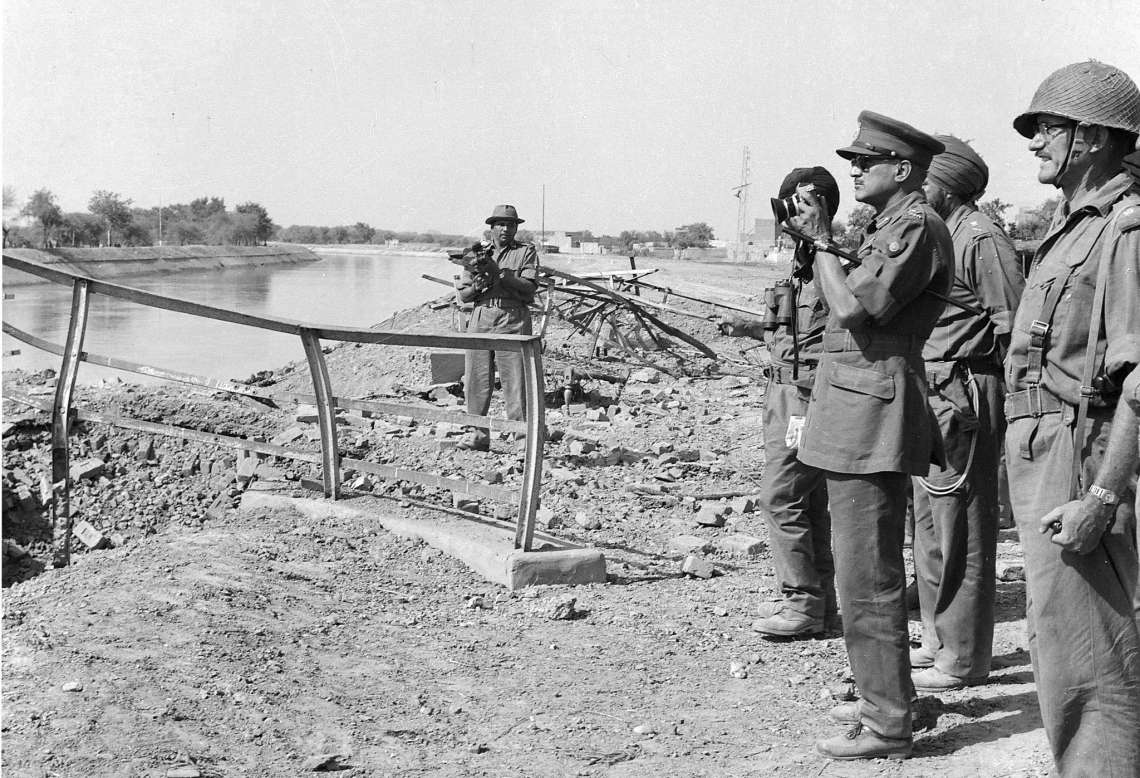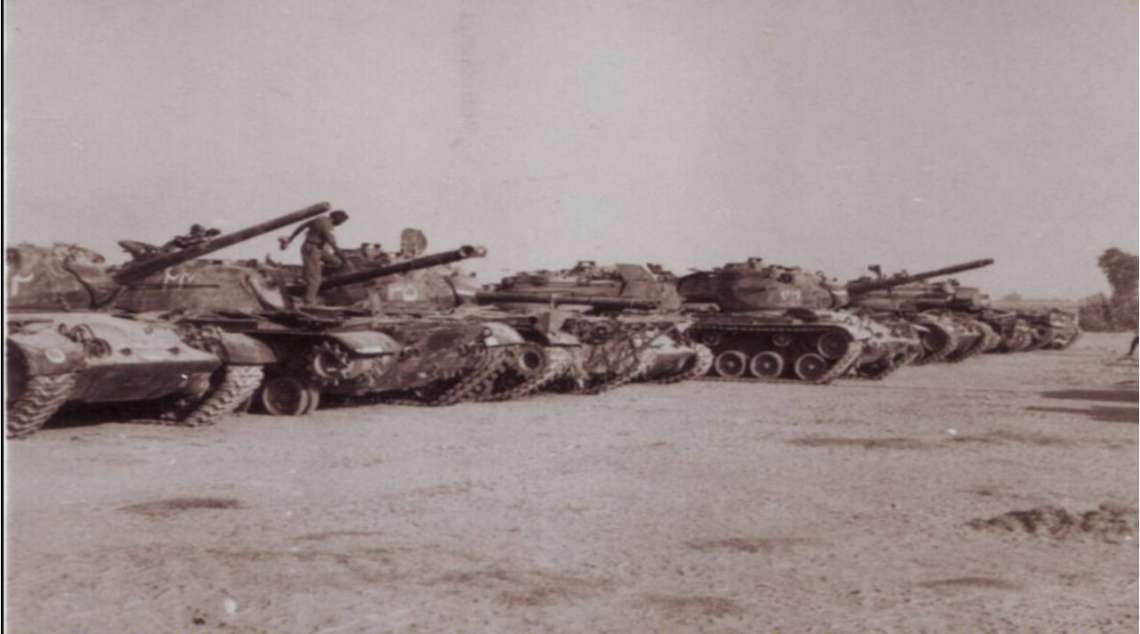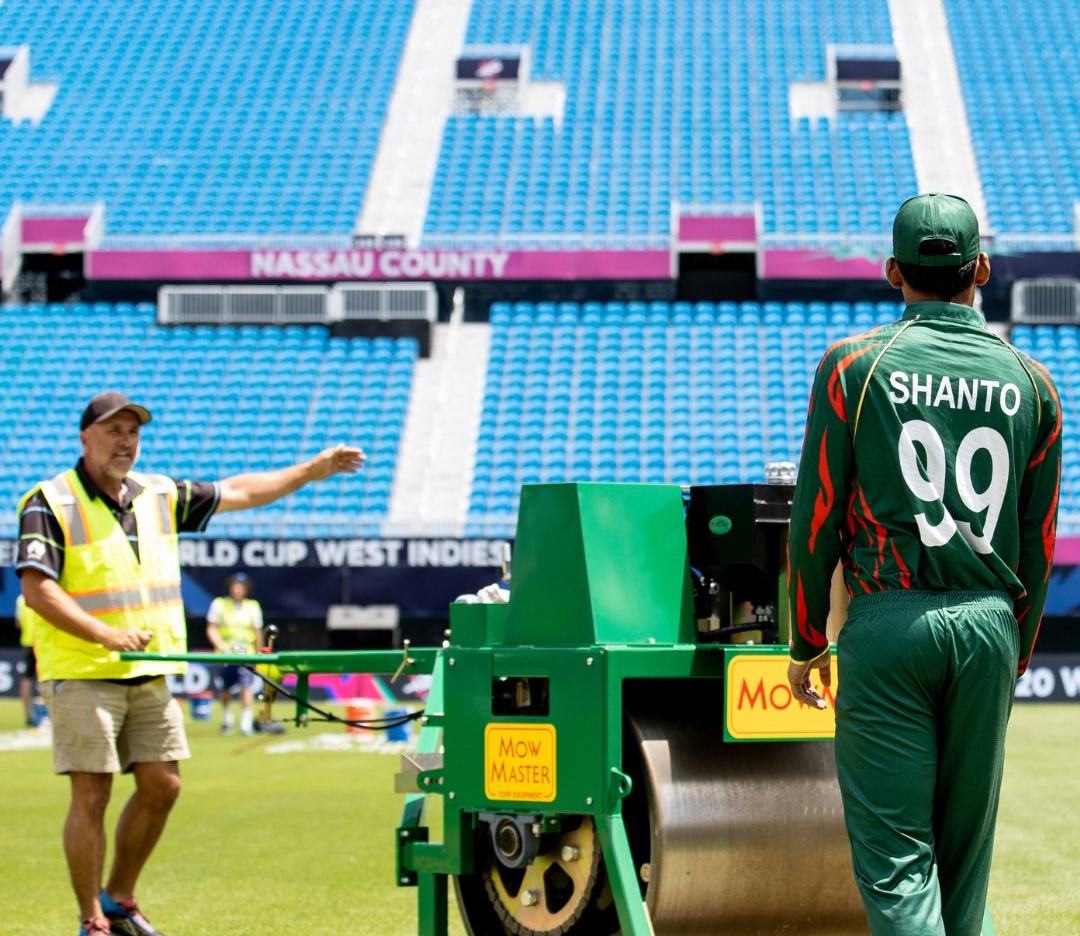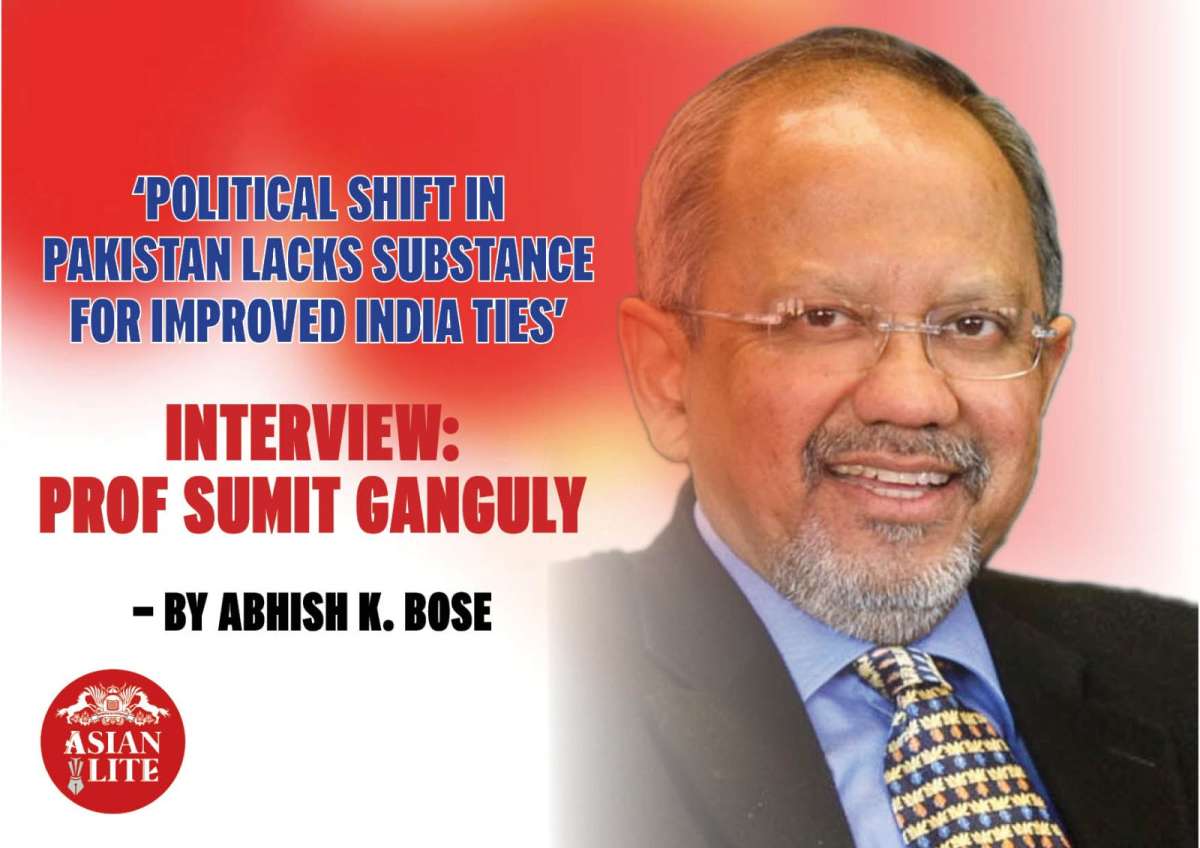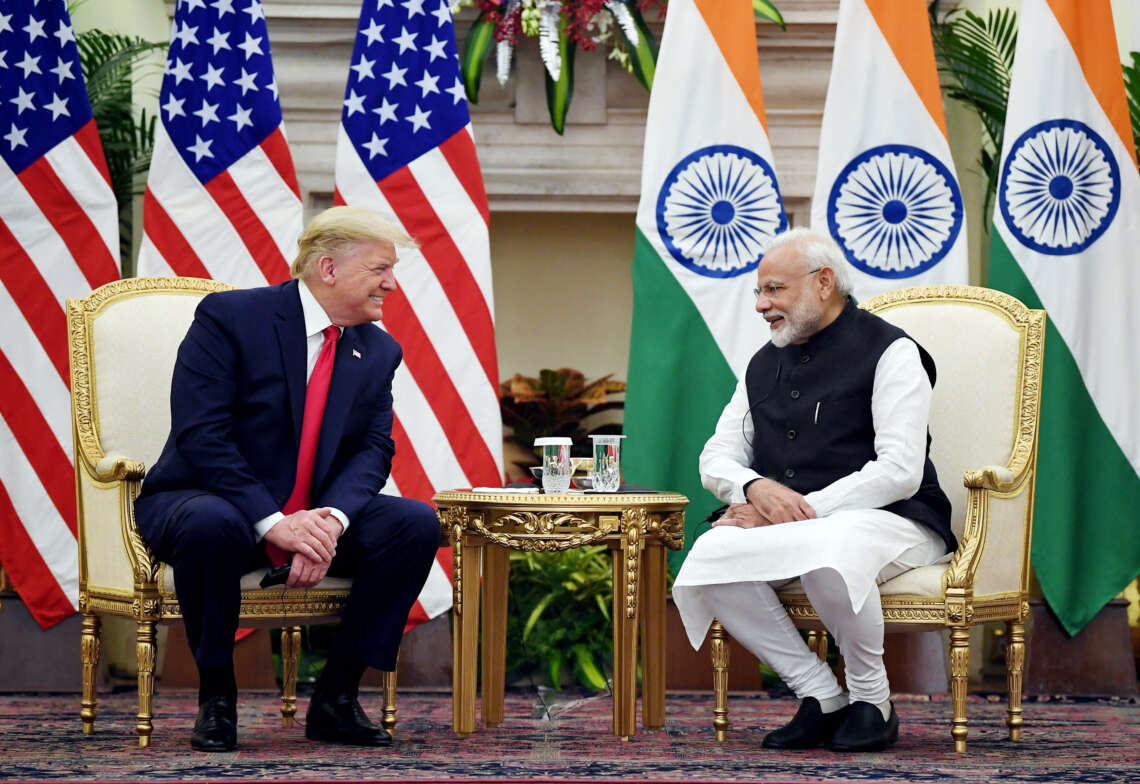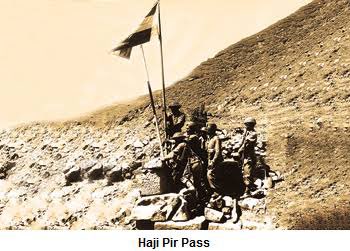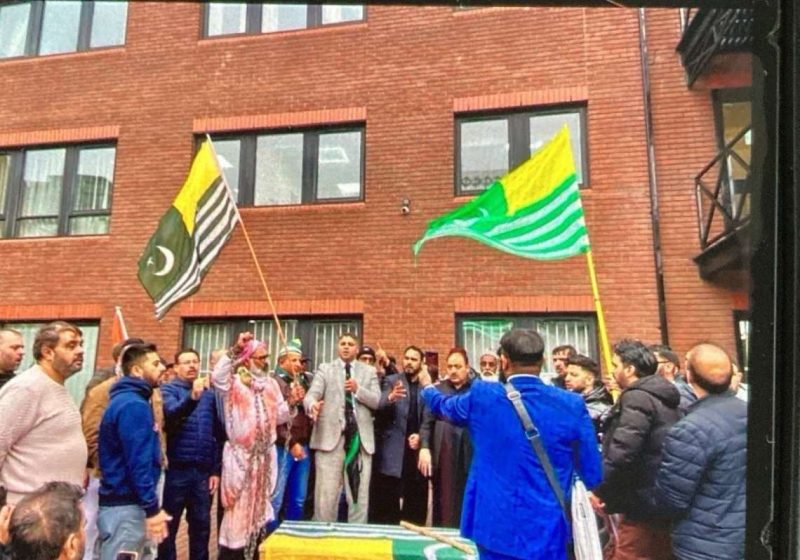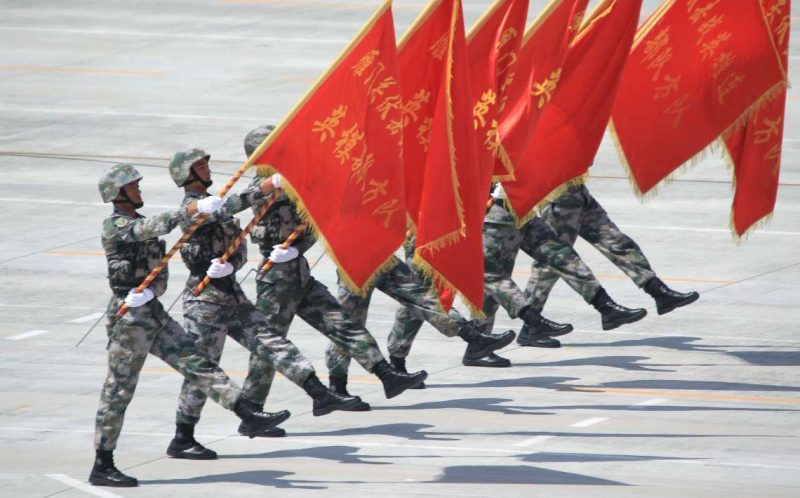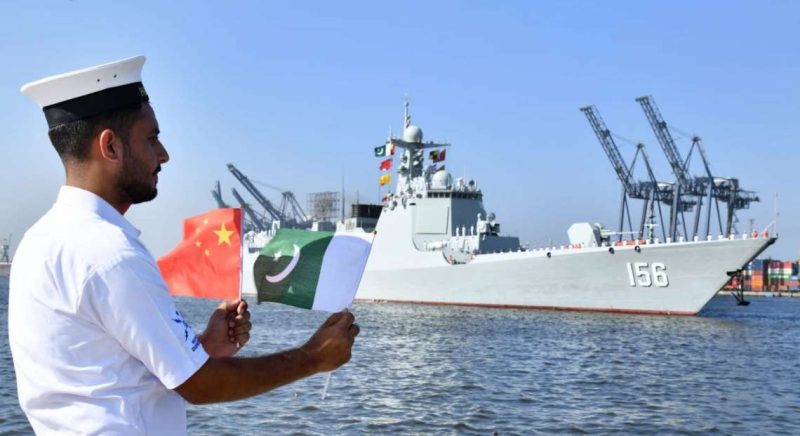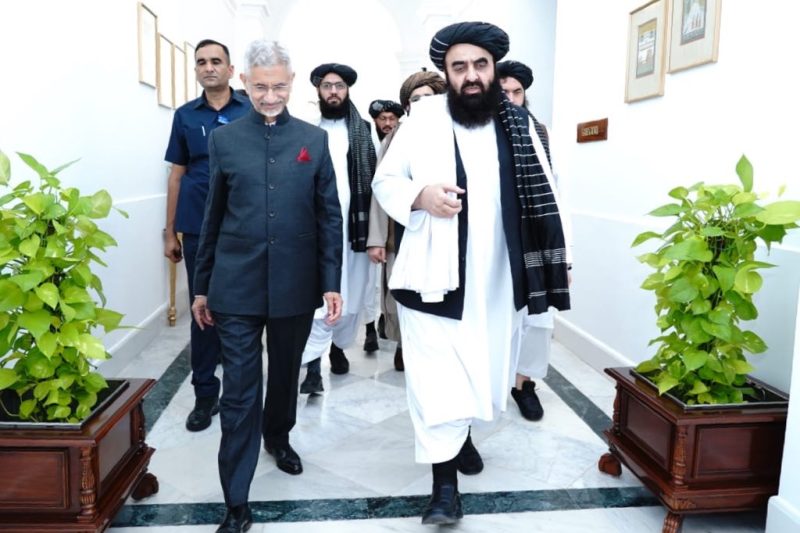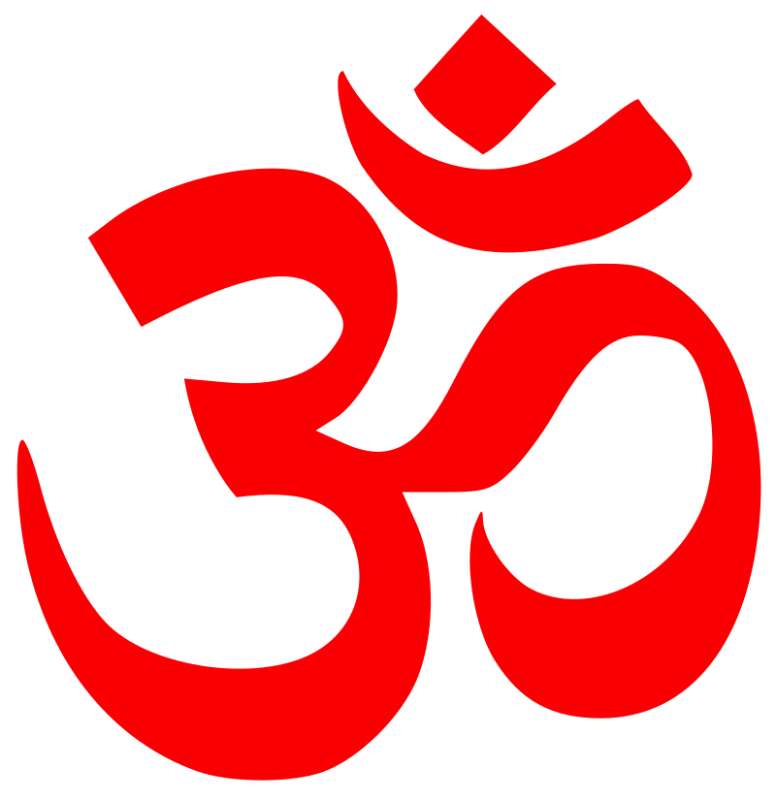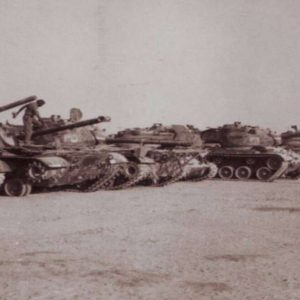The Battle of Dograi (1965), a pivotal and fiercely contested engagement of the Indo-Pakistani War of 1965, marked a moment of extraordinary courage and tenacity for the Indian Army. From the Indian perspective, Dograi stands not only as a symbol of tactical acumen but also as a testament to the indomitable spirit and sacrifices of the Indian soldier. Below is a detailed, structured account that can serve as a solid foundation for a comprehensive 2000-word article, writes Maj Gen. RPS Bhadauria (Retd)

Understanding the Strategic Context
The Battle of Dograi during the Indo-Pakistani War of 1965 was fought for both strategic and operational reasons. Strategically, the village of Dograi lies near the Ichhogil (BRB) Canal, only about 12 KM from Lahore, making it a gateway to Pakistan’s most important city. Capturing it would not only threaten Lahore directly but also place India in a strong bargaining position for the expected ceasefire. The battle also stemmed from Pakistan’s earlier offensives, Operation Gibraltar and Operation Grand Slam, which prompted India to launch counterattacks in the Punjab sector to divert pressure from Jammu and Kashmir. Politically, holding Dograi would serve as a morale booster for the Indian Army after the 1962 war with China and demonstrate India’s military resolve.
The Battle of Dograi was perhaps one of the hardest battles ever fought by an infantry battalion. This was a battle in which an Indian infantry battalion 3 JAT, attacked a Pakistani infantry battalion plus position and dislodged them, causing more than 300 casualties and capturing their Commanding Officer alive. From the Pakistani point of view, Dograi was an unbreakable fortress; it had deep minefields securing all ingress routes, had the artillery support of heavy and super heavy guns, the armour giving it essential depth, and the concrete pill-boxes raining heavy automatic fire all over. To cap it all, to win Dograi, the attacking troops would have to fight inch by inch through the built-up area where each house served as a bunker and every lane was an ideal killing ground. Yet, with all this, the famous 16 Punjab fell to 3 JAT in matter of hours, and their counter-attacks were beaten back.
Prelude: Failed Attempts and Pakistani Defences
The earliest attempt to capture Dograi was made by the 3 JAT Battalion on 6 September 1965. The Indian forces achieved tactical surprise, crossing the Ichhogil Canal to reach Batapore and capturing Dograi, even advancing into lightly held areas on the western bank. However, sustained Pakistani artillery, armoured counterattacks and air sorties rendered reinforcement impossible. Cut off from their support, with critical ammunition and anti-tank weaponry destroyed by strafing, the Indians withdrew under orders, suffering significant casualties.
The Pakistani Army fortified Dograi extensively after this withdrawal—constructing concrete bunkers, pillboxes, deep minefields and laying barbed wire. Leadership, including General Musa Khan, was highly confident that Dograi had become an “impregnable fortress.” For over two weeks, repeated Indian attacks were repulsed; each attempt was met with stiff resistance from a force now numbering nearly twice the attackers.
Main Battle: Night Assault of 20-22 Sep
The final and decisive attack began on the night of 20 September. Lieutenant Colonel Desmond Hayde led more than 500 men of the 3 Jat in a meticulously coordinated night assault, intended to bypass the known fortified fronts. The Indian assault executed flanking manoeuvres and attacked from unexpected angles, catching the defenders unprepared.
The following 27 hours were marked by some of the bloodiest close-quarters combat in the history of the Indian Army. Initial engagements used guns and grenades, but as Indian troops reached the trenches in the narrow alleys of Dograi, the conflict escalated to bayonet charges and hand-to-hand fighting, with soldiers often fighting barehanded in total darkness. The Indian soldiers demonstrated steadfast resolve, systematically flushing out defenders from bunkers and buildings, often at devastating cost.
By the morning of 22 September, Indian troops captured Dograi. Pakistani forces—composed of the 16 Punjab and 3 Pashtun regiments, supported by tanks—fled or were taken prisoner. The Indian flag was firmly hoisted over Dograi, and Indian troops advanced to the Ichhogil Canal, just hours before the UN-brokered ceasefire came into effect.
Leadership & Sacrifice
It is a military truism that there is nothing that can stop a determined body of troops from achieving their objectives. In this case, the attacking troops happened to be the famous JAT. Therefore, the first step to victory was, in any case, assured. Next to the quality of troops comes the requirement of a leader who has the intellect, capacity and the will to galvanise them into a smooth fighting machine.
This duty rests on the shoulders of the Commanding Officer (CO) and, in turn, on his team of Officers and JCOs. In this regard, 3 JAT was fortunate to have Lt Col (later Brig) D E Hayde as their CO when the battle started on 6 September. In fact, Col. Hayde had been one of the older officers in 3 JAT, who had served with them in various locations and capacities.
The victory at Dograi came at a staggering cost for the Indian Army. Out of the 550 who fought, about 50% became casualties—five officers killed, nine wounded, one JCO killed, eight wounded, 89 other ranks killed, and 219 wounded. The battalion’s grit, morale and leadership under Lt. Col. Hayde have become legendary. The Commanding Officer led from the front, sharing every risk with his men, inspiring extraordinary acts of bravery.
Personal accounts, such as those from Captain (later Colonel) H.K. Jha, underscore the intensity and brutality of the battle. Tales of tending to wounded enemies, sharing water and shelter under fire and upholding the Geneva Conventions with respect to prisoners highlighted the Indian Army’s code of honour, even amidst carnage.
Valour Recognised
The Indian Army’s actions at Dograi were commemorated with three Maha Vir Chakras, four Vir Chakras, seven Sena Medals, 12 Mention-in-Dispatches and 11 COAS Commendation Cards. 3 Jat Regiment emerged as the most highly decorated battalion of the entire 1965 war.
Impact and Legacy of the Battle
The capture of Dograi had significant implications. It brought Indian forces tantalizingly close to Lahore, exerting immense psychological and diplomatic pressure on Pakistan.
Dograi became a “bargaining chip” for India at the Tashkent talks following the war. The audacity and success of the 3 Jat’s assault have become a case study in Indian military academies for tactics, leadership and the doctrine of attack in built-up areas.
Lessons and Reflections
Dograi exemplifies the impact of meticulous planning, flexible leadership and the resilient will to overcome strategic setbacks. The episode also exposed lapses in supporting arms coordination and logistics that were rectified in later years, influencing future Indian Army doctrines. The Battle of Dograi occupies a sacred space in the annals of Indian military history. It highlights the valour, discipline and humane conduct of Indian soldiers. For historians, strategists and the general public, Dograi remains more than a military triumph—a symbol of what persistent spirit, ethical conduct and inspired leadership can achieve against entrenched odds.
(Maj Gen. RPS Bhadauria (Retd) is the Additional Director General of the Centre for Land Warfare Studies (CLAWS), New Delhi, and was formerly the Director of the Centre for Strategic Studies & Simulation (CS3) at USI of India, having served in the Indian Army for 36 years)


